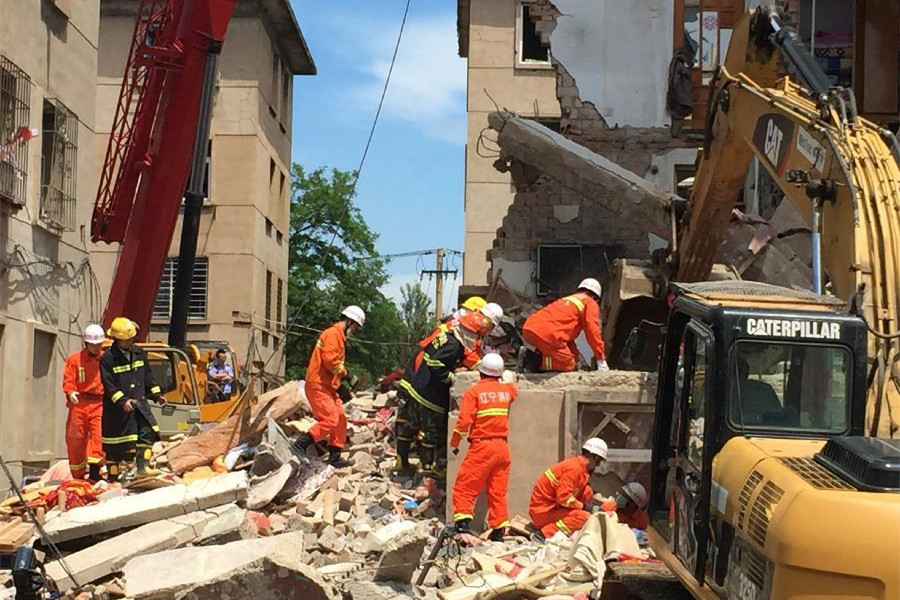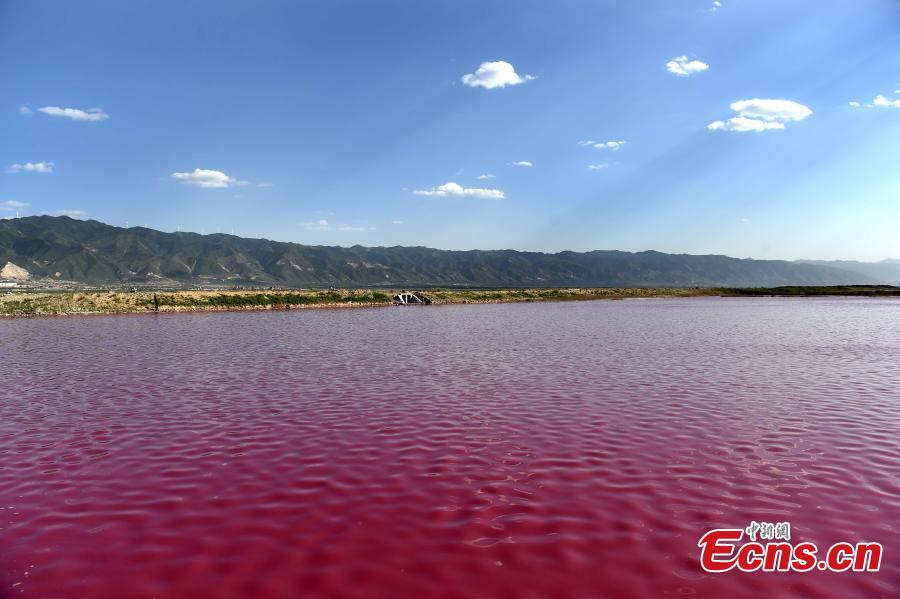BEIJING -- China will accelerate its pace of mapping the deep seabed, Zhang Jixian, president of the Chinese Academy of Surveying and Mapping, told China Daily in an exclusive interview.
"In the near future, China's surveying and mapping science will gradually extend from the ground area to the country's 3 million square kilometers of water territory," Zhang said.
Unlike the electronic navigation chart released by the Chinese navy on Aug 25 with information mainly focusing on navigation, the future ocean map will concentrate on the geological features of the sea floors and the water depth, and the location of reefs.
In the land surveying and mapping industry, China has become one of the world leaders with the recent completion of its nationwide 1:50,000 map, but in offshore area mapping, "much needs to be done".
A nautical chart represents a maritime area and its adjacent coastal regions with information such as depths of water, heights of land, natural features of the seabed, details of the coastlines, navigational hazards, information on tides and currents and man-made structures like harbors, bridges and buildings.
Zhang said the surveying and mapping of reefs within China's water territory is under way, but the seabed surveying and mapping has a long way to go because the technology is not mature.
"The offshore surveying and mapping is totally different from that for the land, because water is flowing all the time that makes setting a fixed target so hard," he added.
At least the first step in mapping the water area has been taken with the recent unveiled maritime navigation chart.
"Surveying and mapping the marine areas will help people know the undersea resources and the ocean better," said Li Jingwei, general manager of Star Geomatics Park Investment Co Ltd.
As the marine economy was first mentioned in the 12th Five-Year Plan (2011-2015), many experts see a booming future for China's offshore development and exploration.
By the end of 2020, it is estimated the gross product of the country's marine industries, including offshore oil and gas exploration, marine transport, coastal tourism, fisheries and shipbuilding industry, will surpass 5.3 trillion yuan ($814 billion), according to China's Ocean Development Report in 2011.
Gao Zhiguo, director of the China Institute for Marine Affairs under the State Oceanic Administration, said the ocean is the next economic growth engine for China and so should be given thorough study.
China's pace in exploring the deep sea has been accelerating in recent years with the successful 5,188-meter dive of China's manned deep-diving submarine Jiaolong this year, and becoming one of the first two countries approved by the International Seabed Authority to look for polymetallic sulphide deposits in the Southwest Indian Ridge.
In December, China's first cartographic satellite will be launched, Zhang said, which will play an active role in China's future surveying and mapping industry.
The satellite will carry panchromatic cameras with 2.5 meter and 5 meter spatial resolution, and after it is fully operational, satellite images will be sent back every year covering the entire country.

















